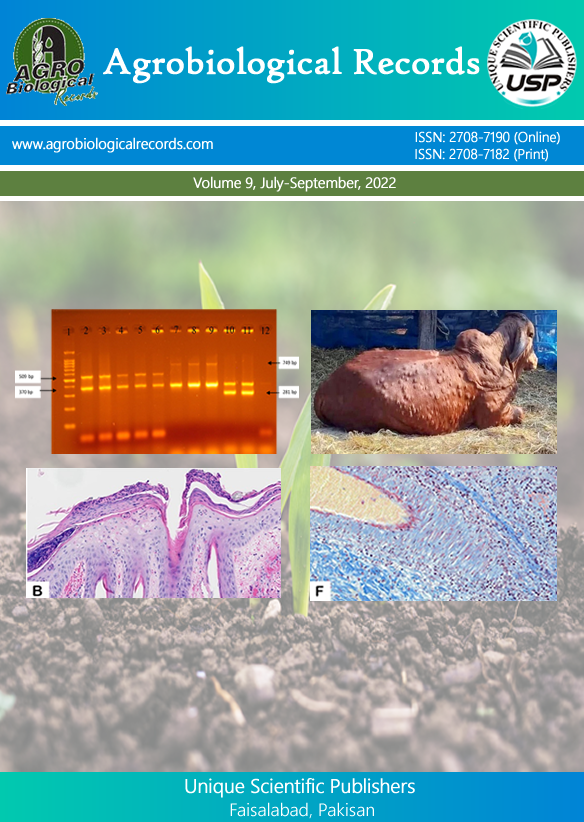
Dua Amna1, Muhammad Rehan Islam1, Ammara Farooq2* and Iqra Munawar3
1Department of Food Science and Technology, Faculty of Food Science and Nutrition, Bahauddin Zakariya University, Multan, Pakistan 2Lahore University of Biological & Applied Sciences (UBAS), Pakistan 3Department of Zoology, Riphah International University, Faisalabad Campus, Pakistan
*Corresponding author: ammara.farooq@lmdc.edu.pk
Bound phenolic compounds (BPs) are abundant in plant-based foods and have gained increasing attention due to their potential health benefits. However, the physiological implications of BPs and their interactions with food matrices remain relatively unexplored. This review aims to provide a comprehensive overview of the functional implications of BPs and the complex interplay between BPs and food components. The digestion process plays a crucial role in determining the bio-accessibility and bioavailability of BPs. Upon reaching the large intestine, BPs encounter the vast and diverse gut microbiota, leading to microbial transformation and the generation of bioactive metabolites. The catabolic activity of gut microbiota, termed colonic fermentation, involves various structural modifications of parent BPs, resulting in the production of microbial metabolites. The characteristics of the food matrix, the type of phenolic–food macromolecule interaction, and the chemical nature of the BPs significantly influence the amount of BPs reaching the colon and the rate of microbial transformation. Moreover, the release kinetics of BPs to the colonic lumen can be modulated through the addition of certain ingredients or technological processes during food processing. The functional implications of BPs on gut microbiota are extensive, including prebiotic effects, anti-microbial properties, and regulation of gut microbial metabolism. BPs can selectively stimulate the growth of beneficial gut bacteria, inhibit the growth of harmful microbes, and influence the production of short-chain fatty acids, which are essential for gut health. Additionally, the synergistic effects of BPs and dietary fiber on gut microbial ecology have been observed, further highlighting the intricate interactions between phenolics and food components. Understanding the functional implications of BPs and their interactions with food matrices is crucial for harnessing their potential health benefits and designing innovative food products with enhanced bioactivity. Further research in this area will shed light on the complex mechanisms underlying BPs' effects on gut microbiota and their overall impact on human health.